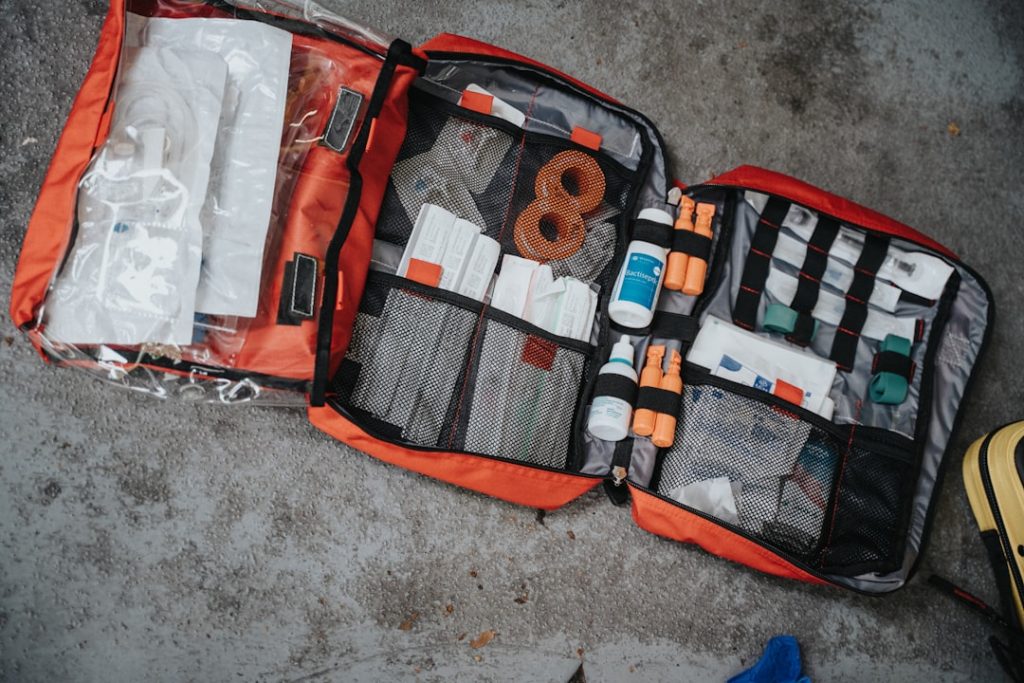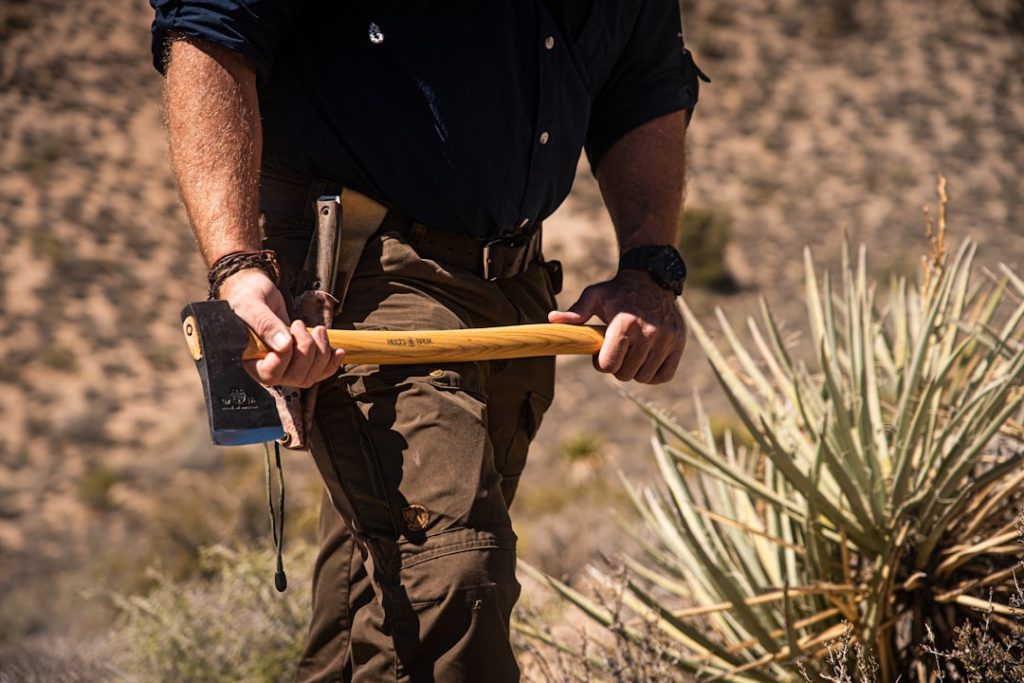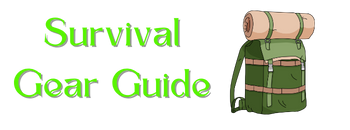Our new website, Survival Gear Guide, has launched to become your go-to resource for reliable survival gear recommendations and emergency preparedness advice. We exist to serve outdoor enthusiasts, preppers, and anyone who wants peace of mind by having the right survival equipment at hand. Our mission is to offer hands-on product reviews, in-depth gear guides, and practical tips for building an effective survival kit that covers all essential categories. By subscribing to our newsletter, you will stay updated on the latest survival gear trends, exclusive discounts, and expert-recommended products survivalgearguide.com. We believe informed readers make better choices, and that’s why we focus on data-driven advice backed by real-world testing and user feedback.
Building Your Survival Kit: The Essentials

A well-rounded survival kit starts with reliable shelter gear such as tents, tarps, and bivvy sacks to protect you from the elements. Lightweight, waterproof tents with a minimum 1,500 mm water column rating are recommended for year-round use. For budget-minded preppers, a mylar emergency blanket or foil bivvy can provide reflective heat retention and minimal weight in the shelter category. Next, fire-starting tools are crucial: a ferrocerium rod or wind-resistant lighter can function reliably in adverse conditions. Include waterproof matches or stormproof matches as a backup to ensure ignition capability even when wet weloveprepping.com. For water filtration, portable filters like Sawyer MINI or LifeStraw allow you to drink from questionable water sources by removing bacteria and protozoa. Carry water purification tablets as an emergency backup, which can eliminate viruses and most bacteria when used correctly.
Navigation and Communication Tools
Navigation tools help you stay on course: a reliable compass with luminous markings is essential, especially when GPS devices fail. A compact, topographic map of your region paired with a mirror or signal whistle can aid rescue efforts if you become disoriented. Two-way radios or handheld transceivers enable communication within your group when cell networks are unavailable. For solo adventurers, consider a personal locator beacon (PLB) or satellite messenger to transmit your coordinates to search-and-rescue teams.
Tools for Food Procurement

A multi-tool or survival knife with a full tang design is the cornerstone of any survival kit, serving functions from cutting cordage to preparing small game. Fixed-blade knives with 1095 steel and a blade length of 3–5 inches balance durability with portability. Lightweight fishing kits and a snare wire can help you catch fish or small game for calories when needed. Carry lightweight freeze-dried meals or energy bars as immediate high-calorie rations while enabling you to forage with minimal effort. A small cookware pot or collapsible cup lets you boil water for sanitation or prepare hot meals when the situation demands.
How to Choose the Right Survival Gear
Selecting the right gear begins with determining your risk profile—urban emergencies require different tools than backcountry wilderness survival. Identify local hazards such as flash floods, wildfires, or power outages to tailor your kit effectively. Research shows that preppers who focus on multipurpose items (e.g., a spoon/spork that doubles as a small shovel) save significant pack weight without sacrificing capability.. Durability is non-negotiable: high tensile strength materials like 550-paracord and reinforced nylon crucibles often outlast cheaper alternatives in long-term testing. Read product reviews from trusted sources—such as U.S. Military gear testers or outdoor expert sites—to verify manufacturer claims about performance under extreme conditions.
Balancing Cost, Weight, and Performance
Budget-friendly gear often uses lightweight alloys or composite plastics to reduce cost, but these can compromise resilience under heavy use. Spending an extra 10–20 percent on premium gear—such as an oxygen-resistant steel blade or a heat-treated titanium pot—may provide durable performance that saves you money in the long run. To keep pack weight manageable, look for gear rated under 2 lb when possible: ultralight tarps, titanium utensils, and small-bodied stoves have become industry standards for minimalist survival kits. Prioritize items that meet multiple needs, like a tactical flashlight with integrated fire-starter capabilities or a bivvy that functions as both a groundsheet and a heat reflector.
Conclusion
Survival Gear Guide is committed to helping you find the highest-quality, most dependable survival gear for any scenario.
